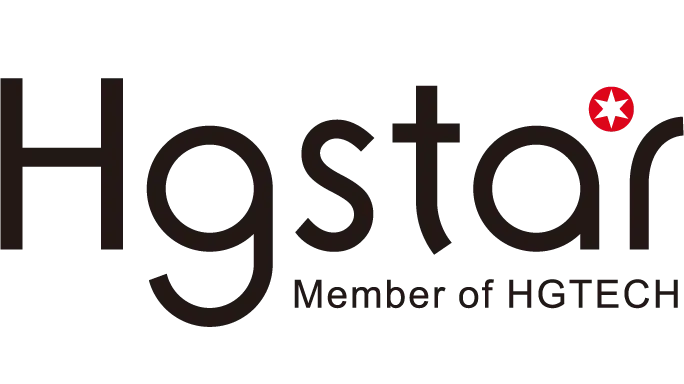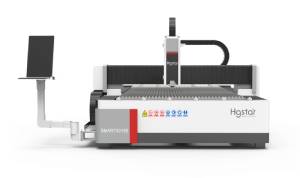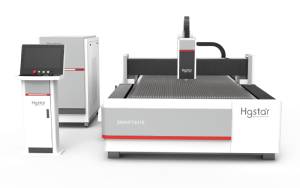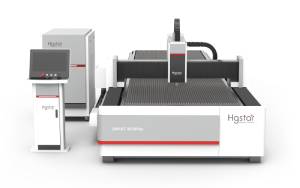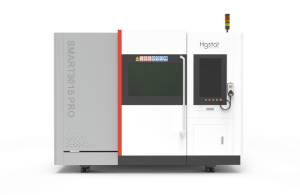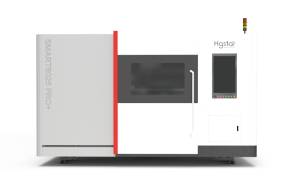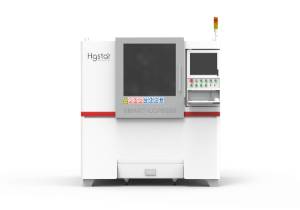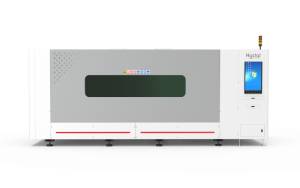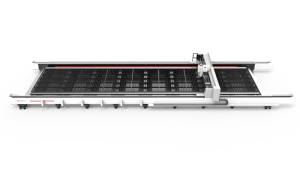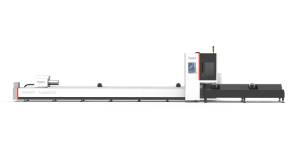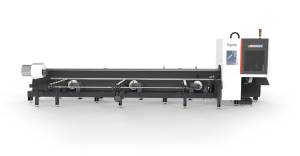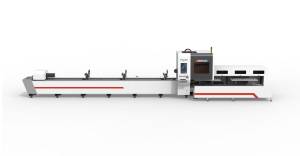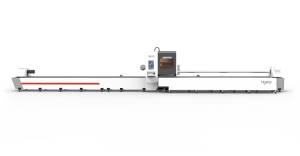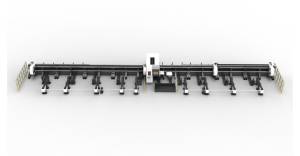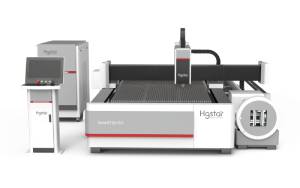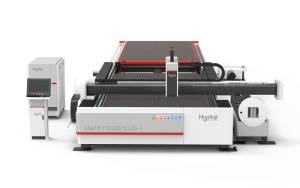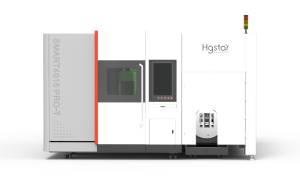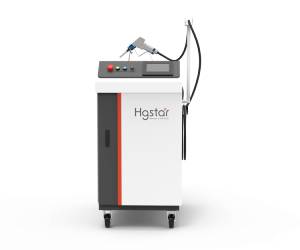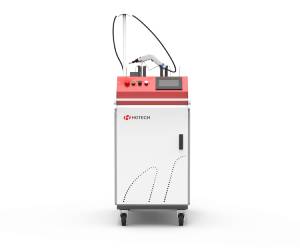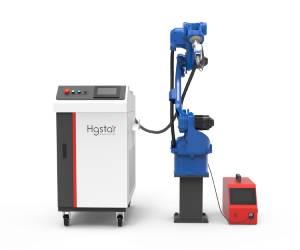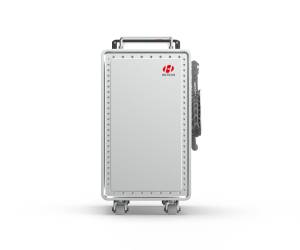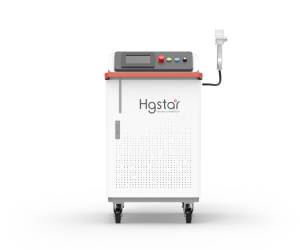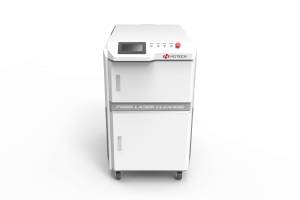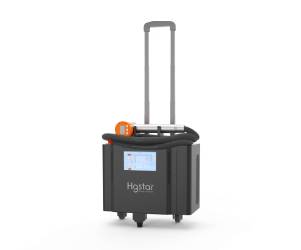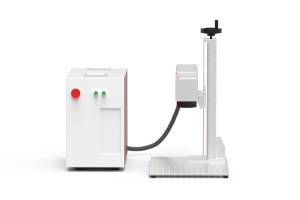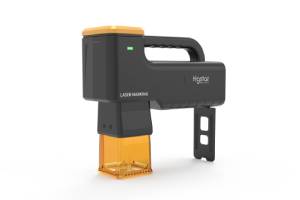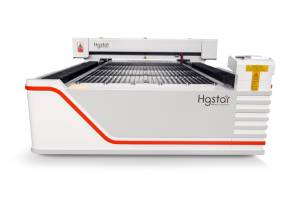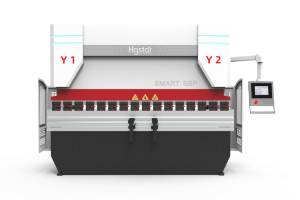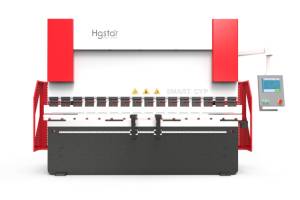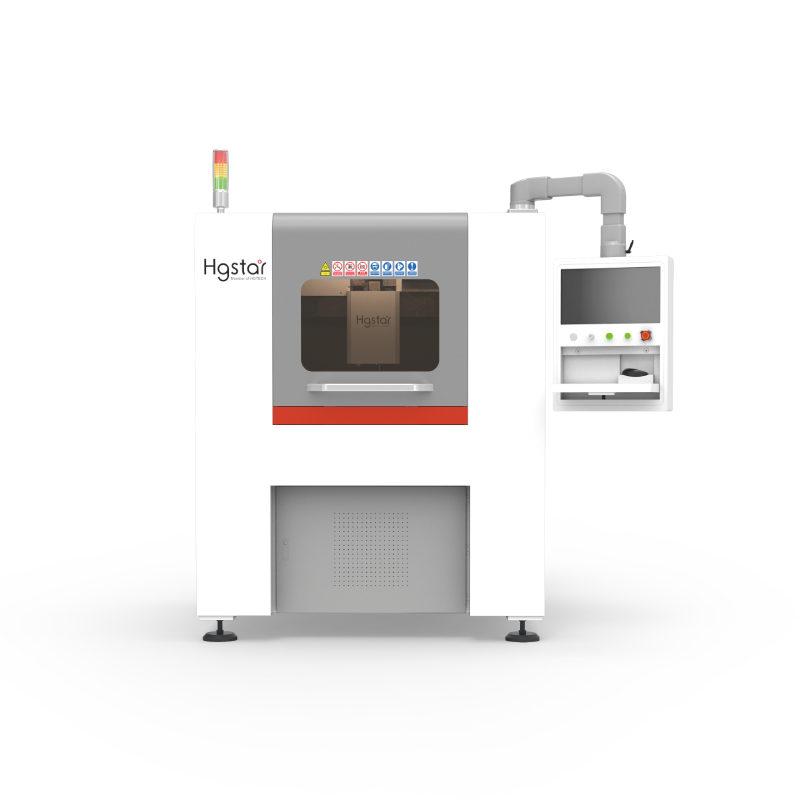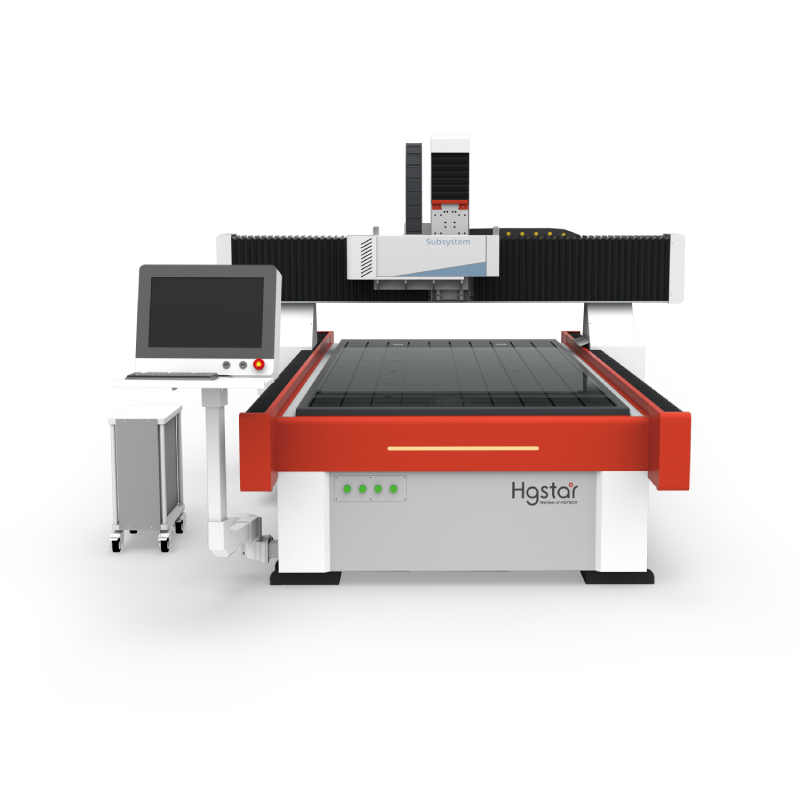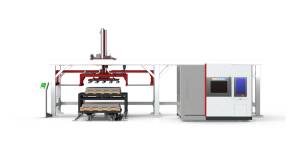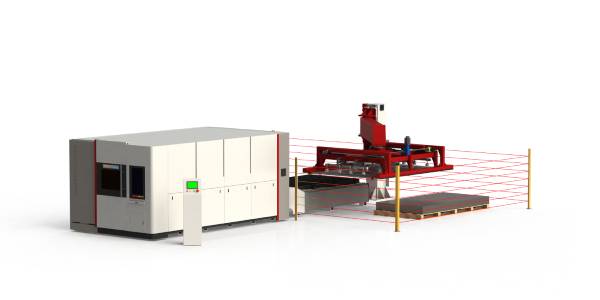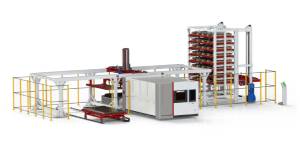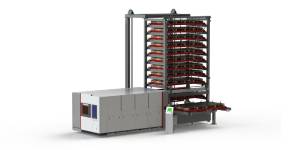Projects
Application of Laser Cleaning in Aerospace Manufacturing
Manufacturers in the aerospace industry use laser cleaning to remove layers from metal and composite surfaces in preparation for processing, remove coatings or corrosion, and remove paint from large components or entire aircraft before repainting.
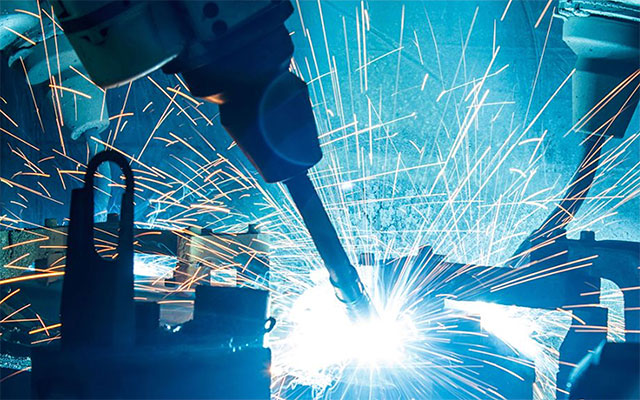
High Laser Cleaning Efficiency
During the cleaning process, the laser is absorbed and evaporated by the metal surface, thereby achieving ablation of the surface material, with almost no impact on the inner layer material and no incidental thermal damage to the components. Kilopower level pulsed fiber lasers are particularly suitable for rapid laser cleaning – they can clean various materials including ceramics, composites, metals and plastics with high efficiency and precision.
Laser Cleaning Helps to Bond Composite Materials
In recent years, the use of composite materials in aircraft has increased, leading to an increasing demand for connecting metals to composite materials. In aerospace manufacturing, adhesives can be used to connect these two different materials. In order to establish a strong bond, careful preparation of the processing of the two surfaces is necessary before using the adhesive.
Laser cleaning is an ideal solution as it can achieve highly controlled and replicable surface effects, achieving consistent and predictable adhesion. Traditionally, this will be achieved through destructive blasting techniques or the application of several chemicals. However, laser cleaning now provides a one-step method that is not only more cost-effective and productive, but also has a smaller impact on the environment because toxic chemicals or blasting materials are not required. The impact of laser cleaning on components is also much milder than traditional methods.
Laser Cleaning Helps Achieve Paint Peeling
When it comes to paint stripping, laser cleaning of metal and composite aircraft components is also more advantageous than chemical stripping or blasting techniques. During its lifespan, an aircraft may be repainted 4-5 times, and using traditional techniques may take a week or more to remove paint from the entire aircraft. By contrast, depending on the size of the aircraft, laser cleaning can shorten this time to 3-4 days and also make it easier for workers to come into contact with parts. In addition, when used for paint removal rather than chemical stripping or blasting, laser cleaning can save significant costs – thousands of pounds per aircraft can be saved because hazardous waste is reduced by about 90% or more, reducing material handling requirements.
